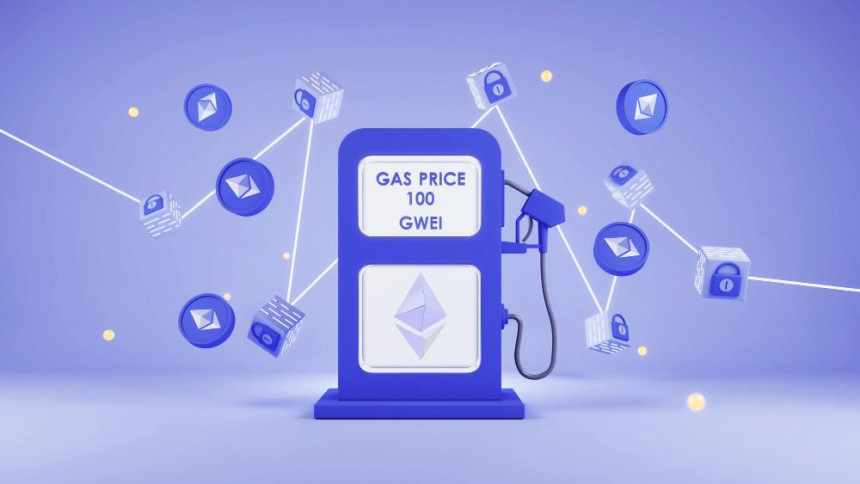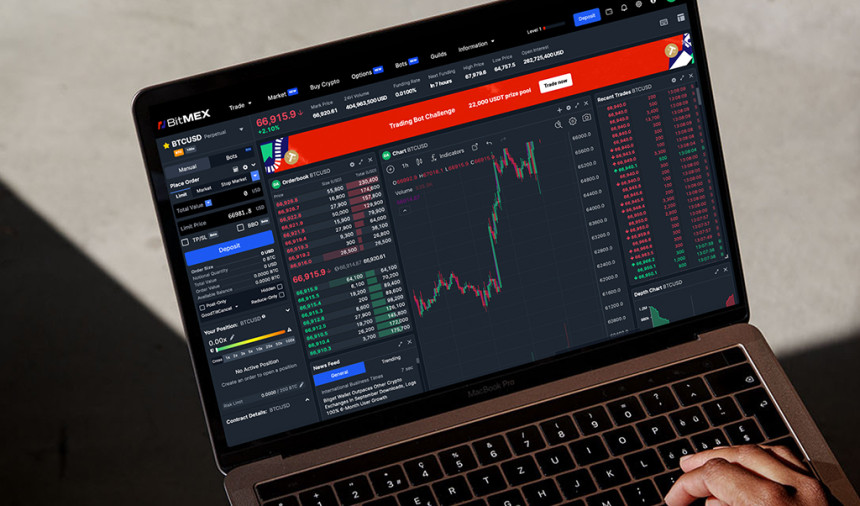
Ethereum Validators Back Gas Limit Increase to 60M – What It Means for ETH Users
In a major move to boost Ethereum’s scalability, over 150,000 validators (15% of the network) have voted in favor of raising the gas limit from 36M to 60M per block. If implemented, this change could significantly increase transaction throughput, reduce congestion, and lower fees—but it also comes with risks.
Why Increase the Gas Limit?
The gas limit determines how many transactions or smart contract operations can fit into a single Ethereum block.
Current limit: 36M gas/block (~100-150 transactions)
Proposed limit: 60M gas/block (~200-250 transactions)
Key Benefits:
Higher throughput – More transactions per block = faster confirmations.
Lower fees – Reduced competition for block space could decrease gas costs.
Better scalability – Supports Ethereum’s growing DeFi & NFT activity.
Potential Risks & Concerns
While the change sounds positive, some developers warn of:
Larger blocks = higher hardware requirements for validators (could push out smaller players).
More chain bloat – Faster blockchain growth may increase storage demands.
Security trade-offs – Larger blocks could slightly slow down propagation time.
What’s Next?
The proposal needs wider consensus before implementation.
Core devs will discuss testing & gradual rollout to avoid instability.
If approved, the upgrade could happen within months.
Final Verdict
Ethereum is evolving to handle more demand, and a higher gas limit is a crucial step. While risks exist, the benefits for users (cheaper, faster transactions) make this a game-changer for ETH’s future.
#Ethereum #ETH #GasLimit #Blockchain #DeFi #Cryptocurrency #EthereumUpgrade #CryptoNews #Scalability #Validators #SmartContracts #ETH2 #Crypto





